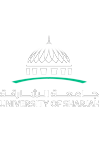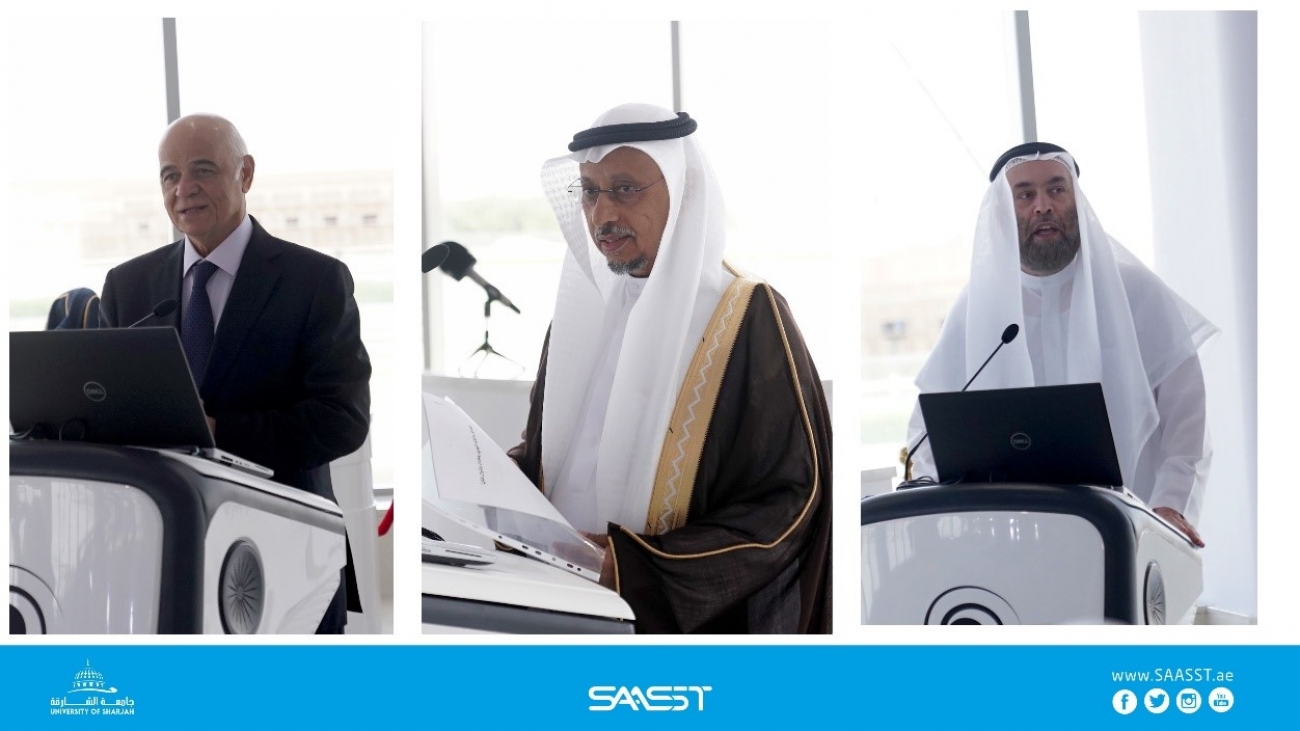On Apr. 11, 2021, HE Prof. Hamid Al-Naimiy, the Chancellor of the University of Sharjah, opened the first lunar crescent visibility workshop under the title “Determination of Ramadhan and Shawwal 1442 AH Using Astronomical Calculations.” Prof. Hamid emphasized using precise astronomical knowledge to help determine the start of the Islamic months. At a time where technology is used everywhere, it is time for the Muslims to apply the latest technological astronomical tools to help set the Islamic calendar. The workshop was attended by several religious figures, i.e., HE Dr. Omar Habtoor Al-Darei, the Executive Director for Islamic Affairs at the General Authority of Islamic Affairs and Endowments, HE Dr. Hamad Al-Sheikh Ahmad Al-Shaibani, General Director of Islamic Affairs in Dubai, Prof. Awad Al-Khalaf, Acting Director of Qasimia University, and other religious authorities from Sharjah and Dubai. Prof. Mashhoor Al-Wardat, Prof. Ilias Fernini, and Mr. Mohamed Talafha gave different presentations that emphasized the different astronomical criteria used to set the conditions for the crescent visibility. The astronomers stressed the weather effects in making the observation of the crescent extremely challenging.
The overall consensus of the workshop is that the religious and astronomical conditions go together. Calculations are a necessity to help set a global and unified Islamic calendar. All of the previous meetings, being national or international, stressed the point that Islam does not refute calculations. Instead, they must be a must-use in our everyday life. As we use them to set the Islamic prayer times, we must use them to help us determine the beginning of the Islamic months.
The whole workshop can be found on YouTube: https://www.youtube.com/watch?v=pXrbmlv05gc&t=12551s



